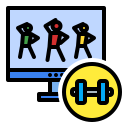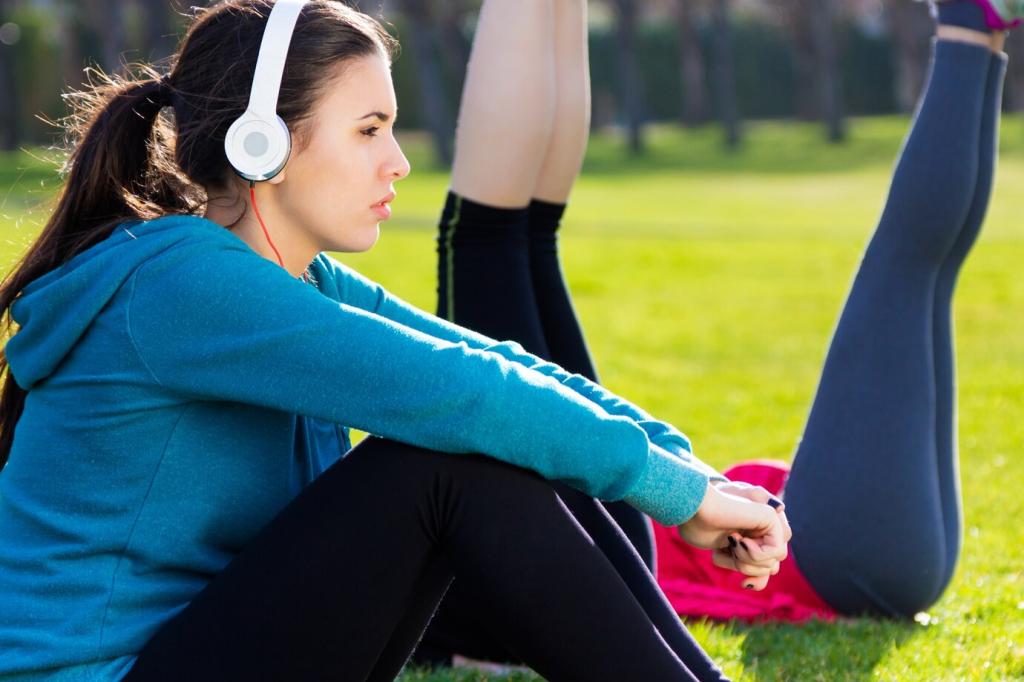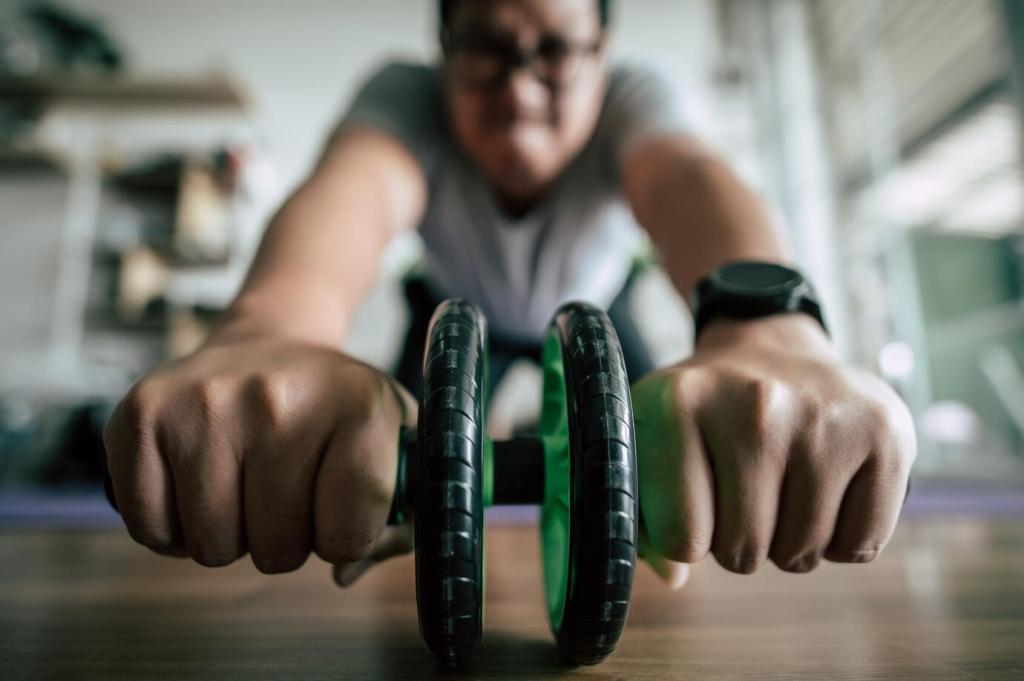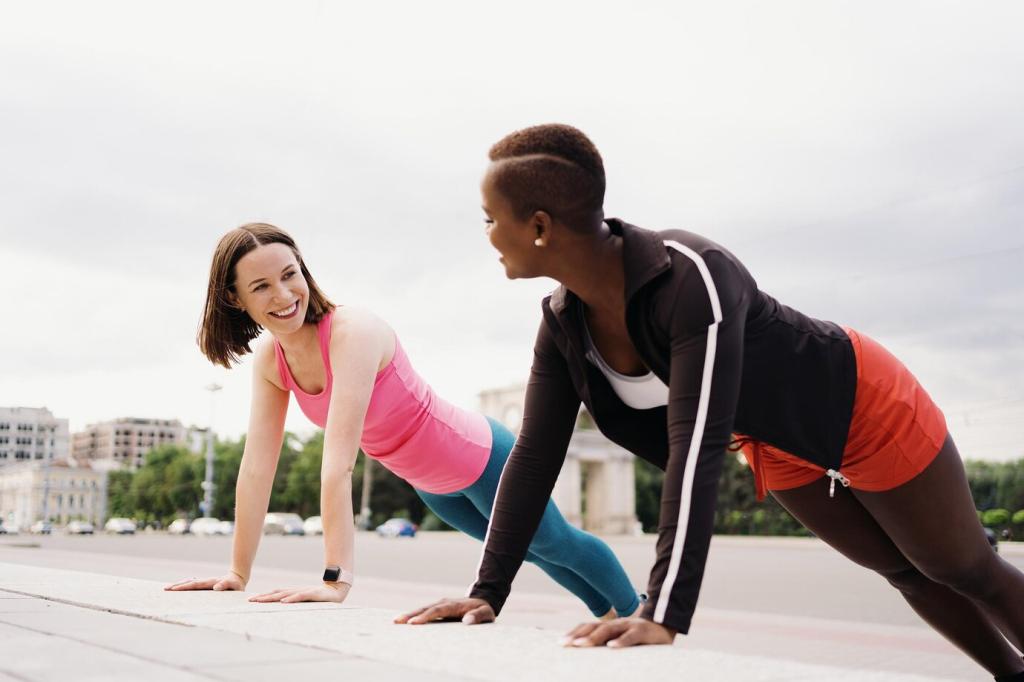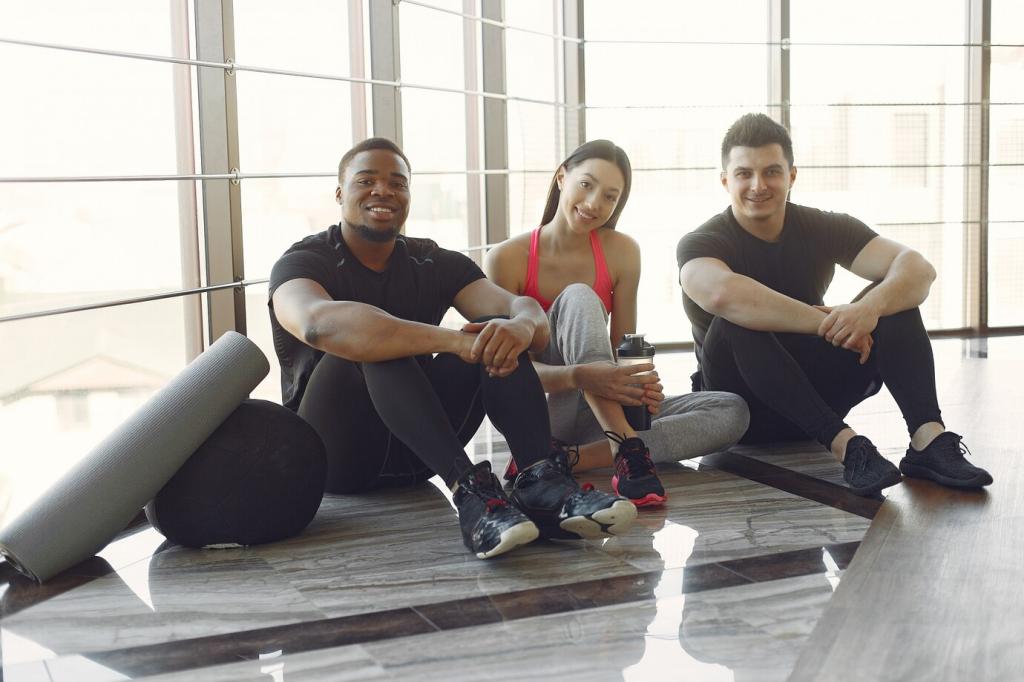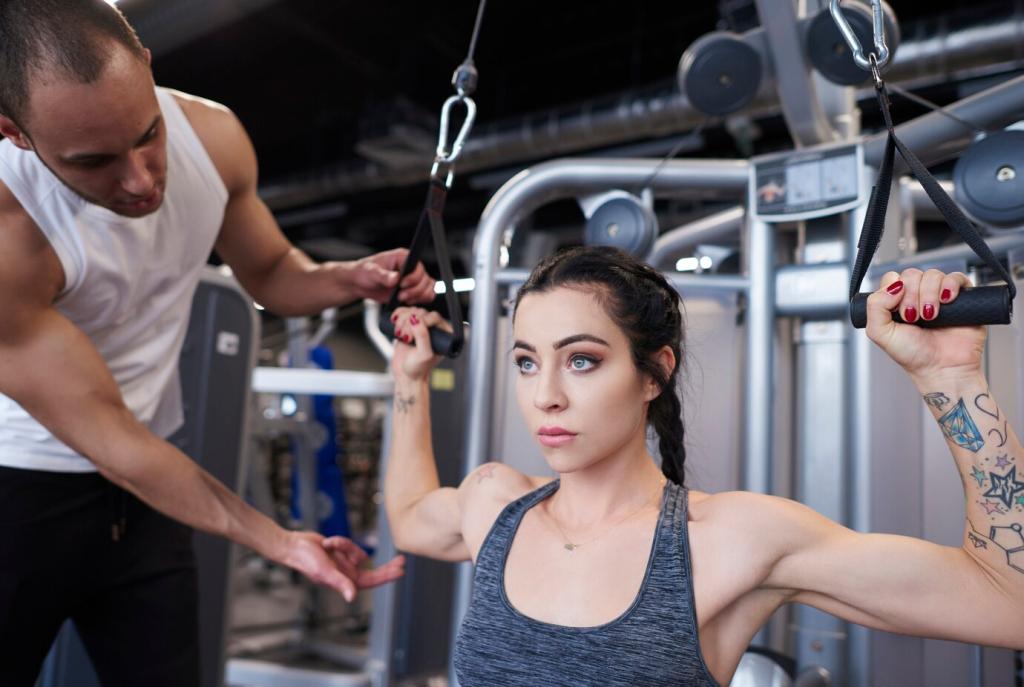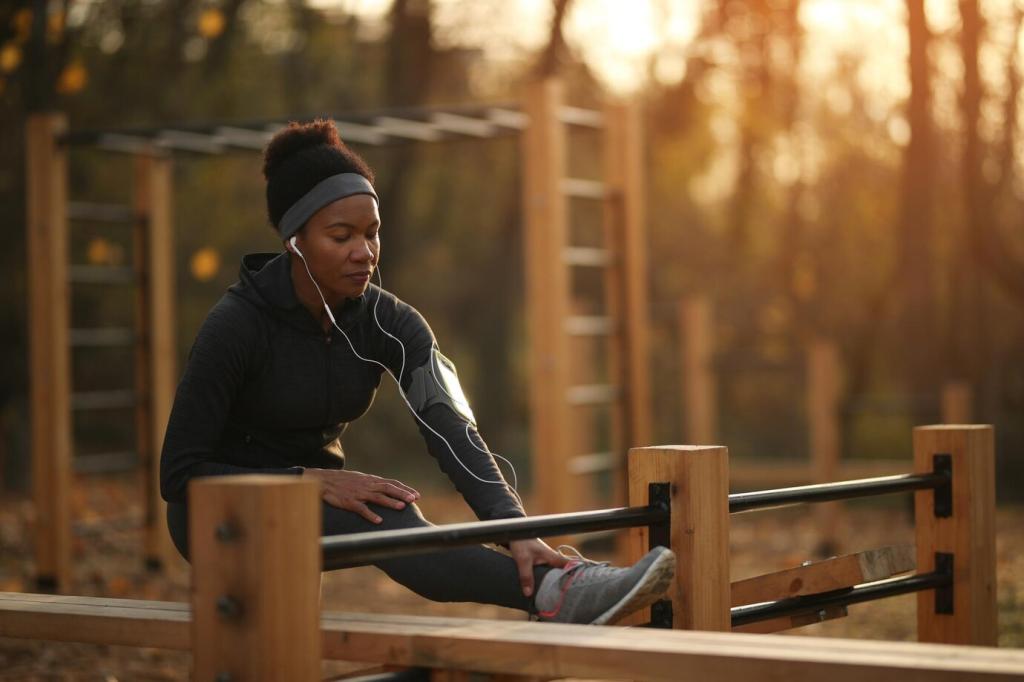Monitoring Load, Recovery, and Health
Track session RPE alongside pace, power, and heart rate. Use HRV and resting trends to spot accumulating stress. Compare load across disciplines with context, not a single score, and be willing to downgrade sessions when recovery flags.
Monitoring Load, Recovery, and Health
Plan carbohydrates around key intervals and bricks, hydrate early, and top up protein evenly. Fast refueling between sessions matters; think quick-digest carbs, electrolytes, and a small protein hit to protect quality and shorten recovery time.
